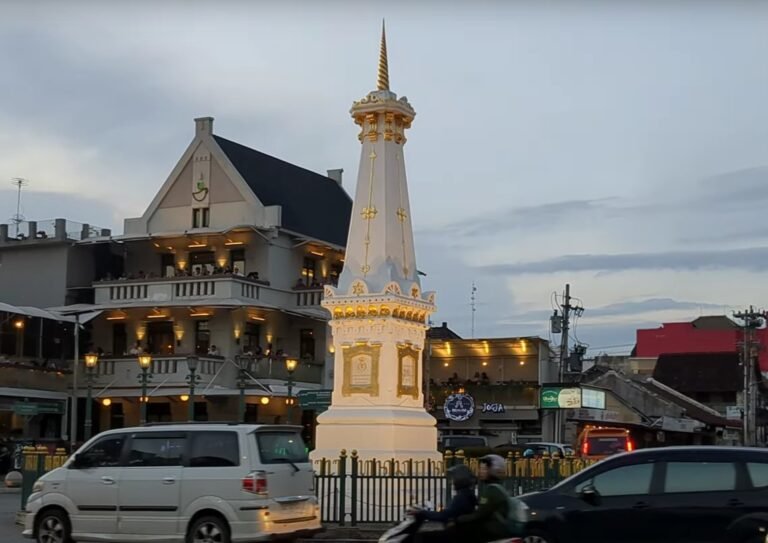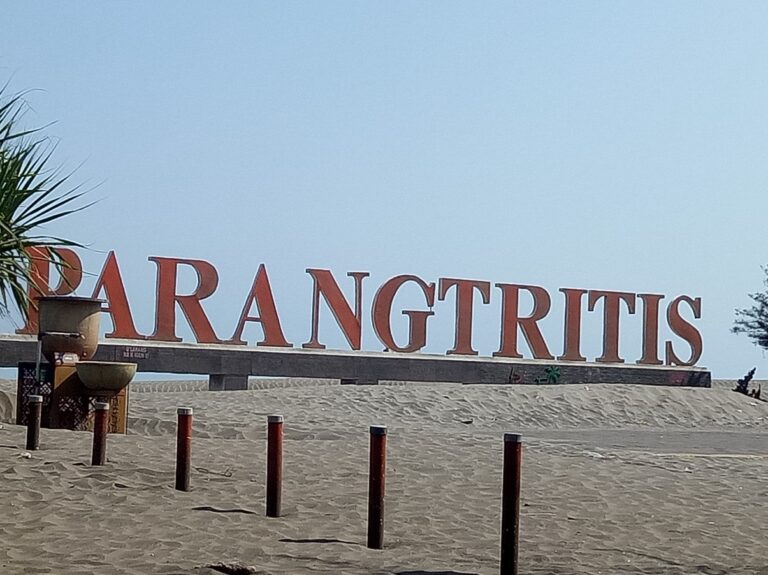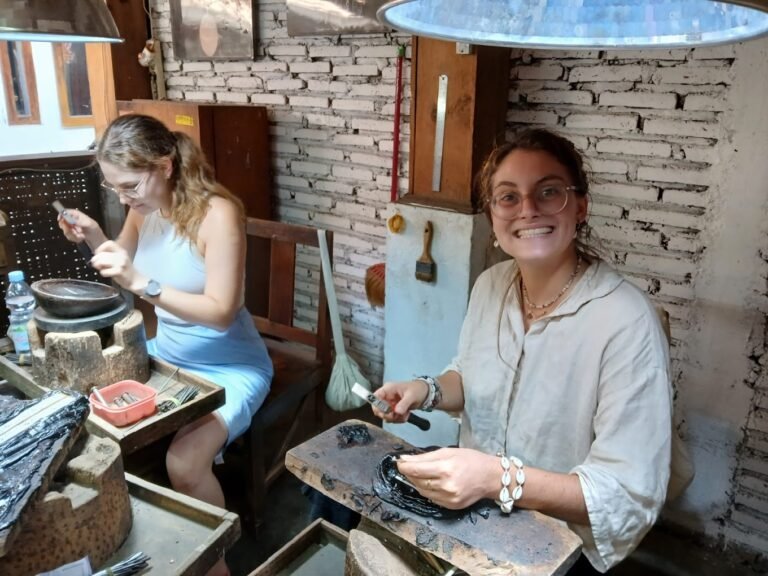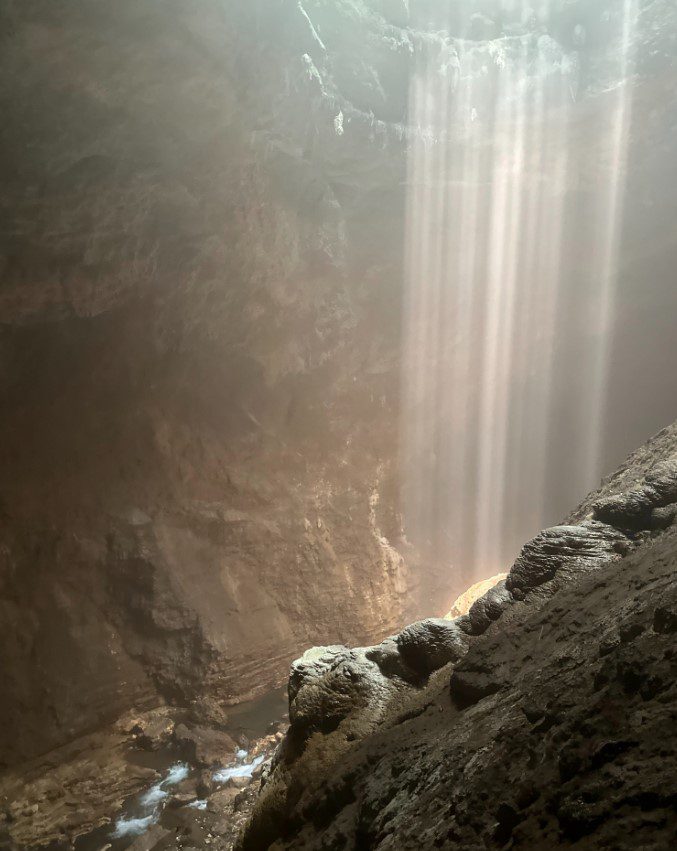Indonesia has many cultural treasures, one of which is historical heritage. The following is about one of the historical relics in Indonesia, the Second Largest Buddhist Temple of Candi Sewu. Let’s see the explanation from Yogyakarta tour.
Indonesia has many historical relics, one of which is Sewu temple. Sewu Temple is a Buddhist temple that was successfully built in the 8th century has a distance of only about 800 meters north of Prambanan Temple.
One of the Buddhist heritage temples, Sewu Temple, is the second largest Buddhist temple after Borobudur Temple, which is located in Central Java. Sewu Temple is older than Prambanan Temple.
The name Sewu Temple comes from the word “Sewu” which means a thousand in Javanese. Although the name Sewu, this temple only has 249 temples. The name Sewu temple is not far from the story of Roro Jonggrang just like Prambanan Temple.
Location of Sewu Temple
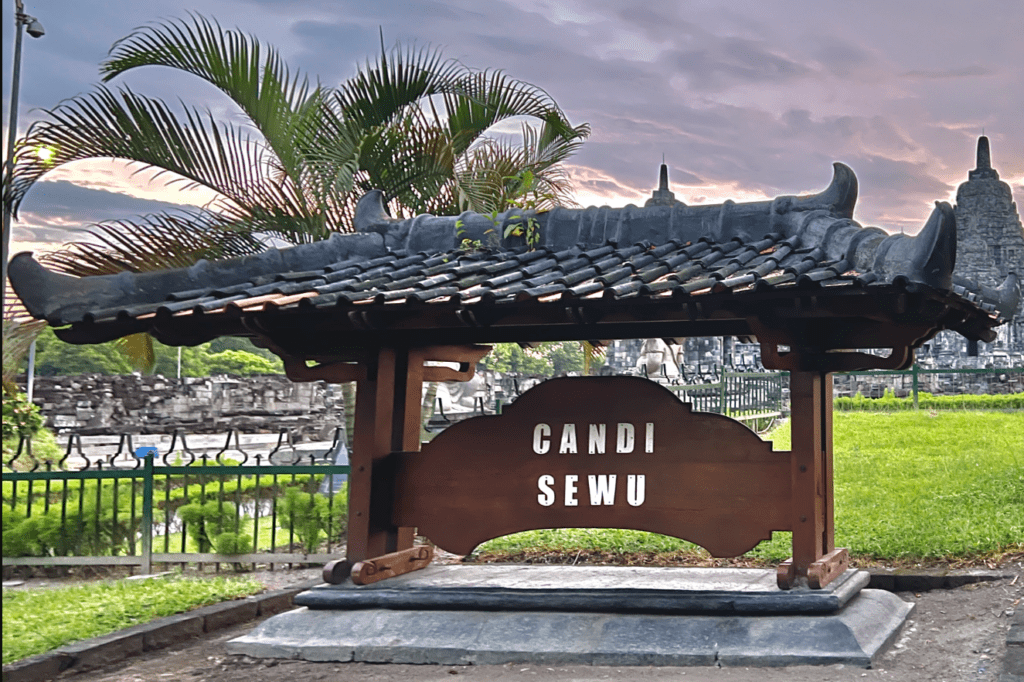
The Second Largest Buddhist Temple of Candi Sewu is located in Dukuh Bener, Bugisan Village, Prambanan District, Klaten Regency, Central Java Province. As the second largest temple, Sewu Temple has an inscription dated 792 and was discovered in 1960 with the original name of the Manjusri grha (Manjusri House) building. Manjusri is one of the Boddhisatwa in Buddhism.
According to history, Sewu Temple is estimated to have been built in the 8th century AD at the end of the reign of Rakai Panangkaran. Rakai Panangkaran himself was the most famous king of the ancient Mataram kingdom.
The Sewu Temple complex was restored, expanded, and completed during the reign of Rakai Pikatan, a prince from the Sanjaya dynasty who married Pramodhawardhani from the Sailendra dynasty. After the Sanjaya dynasty came to power, the people continued to follow the previous religion.
Sewu Temple is a Buddhist temple side by side with Prambanan temple which is Hindu, showing that since ancient times Hindus and Buddhists have lived in harmony and religious tolerance. this happened because of the majesty and breadth of the Sewu temple complex.
Sewu Temple is a Royal Buddhist temple as well as an important center of Buddhist activities in the past. The temple is located in the Prambanan valley that stretches from the southern slopes of Mount Merapi in the north to the Sewu mountains in the south around the border of Yogyakarta and Klaten district, Central Java. In this valley there are temples and ancient sites that are only a few hundred meters away from each other. This shows that this area is an important area in the religious, political, and urban life sectors of ancient Javanese society.
History of Sewu Temple
The Second Largest Buddhist Temple of Candi Sewu has an interesting historical story to review. The name of Sewu temple is Prasada Vajrasana Manjusrigrha. Of course the name has meaning.
Starting from the term Prasada which means temple or temple then Vajrasana means place, wajra means diamond or lightning reigns, and Manjusri-grha means Majusri’s house. Manjusri is one of the Boddhisatwa or future monks in Buddhism.
Estimates about the second largest Buddhist temple in Sewu Temple is that this temple was built by the second Ancient Mataram King Rakai Panangkaran who ruled in 746 -784. After being buried for a long time by the ash heap of Mount Merapi, the existence of Sewu temple was first discovered by a Dutch trader named Cornelius Antonie Lons in 1733.
Then Sewu temple was excavated by Dutch archaeologists in 1806-1807 by Hermann Cornelius. From this excavation created the first lithograph of the Main temple and its companion temples.
The function of the second largest Buddhist temple in Sewu Temple
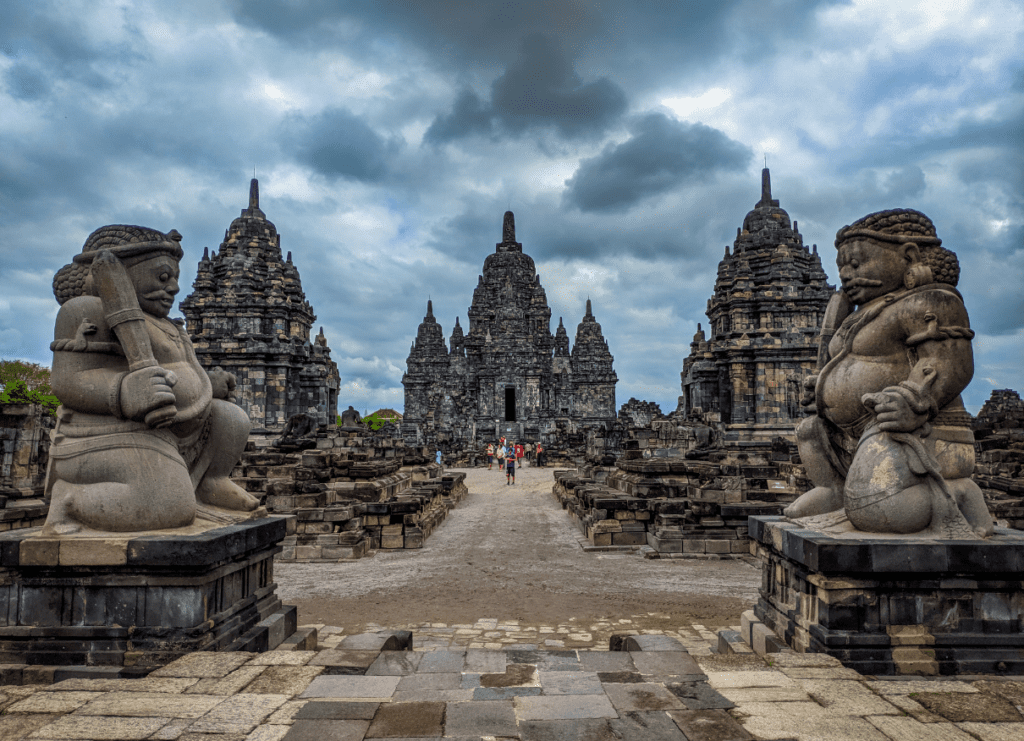
Named the Second Largest Buddhist Temple of Candi Sewu, this temple has a vast complex. The extent of the Sewu temple complex causes experts to estimate that the location of Sewu Temple used to be an important center of Buddhist activities.
In addition, this area also becomes important equipped with the religious sector, Sewu temple is used as a political affair and the life of the ancient Javanese community. Sewu Temple is also used as a place of worship and religious rituals by Buddhists.
The second largest Buddhist temple in Sewu Temple has a building complex that stretches over an area with a size of 185 meters and 165 meters. This area has temple entrances in the four cardinal directions with the main entrance on the east side.
Furthermore, each entrance is escorted by a pair of Dwarapala statues that are almost 2.5 meters high. At first, the Sewu temple complex contained 249 temple buildings arranged to form a wajradhatu mandala. The purpose of the wajradhatu mandala is the embodiment of the universe in Mahayana Buddhist cosmology.
Among the main temples of Sewu Temple, which is the largest temple, there is a Perwara Temple or a small temple that has a function to surround the main temple. However, some parts of the perwara temple are now no longer intact.
the Second Largest Buddhist Temple of Candi Sewu has a main temple with a size of 29 meters in diameter and up to 30 meters high made of andesite stone. In each cardinal direction there is a building structure that protrudes outward.
Each with its own stairs and rooms and crowned with a stupa arrangement. Based on the findings during the restoration, it is estimated that the initial design of the building was only a single-room main temple. The temple was later expanded by adding additional structures around it.
The door was made to connect the additional structure with the main temple. The main room in the middle is larger with a higher roof and can be entered through the east room. In the main temple, there is a bronze statue of Bodhisattva Manjusri or Buddha that is up to four meters high. However, the statue has now disappeared, probably having been looted for its metal centuries ago.
That was about the Second Largest Buddhist Temple of Candi Sewu. Hopefully, the information provided can be useful for readers.
Indonesia has many interesting tourist destinations to visit. One of the most romantic cities is Yogyakarta, which is full of history and beautiful nature.
For those of you who are interested in visiting Yogyakarta and trying to explore Sewu Temple, Yogyakarta tour as a pleasant vacation companion is ready to accompany you on a trip to Sewu Temple. Let’s schedule your vacation to explore Yogyakarta and its surroundings with Yogyakarta tour.


